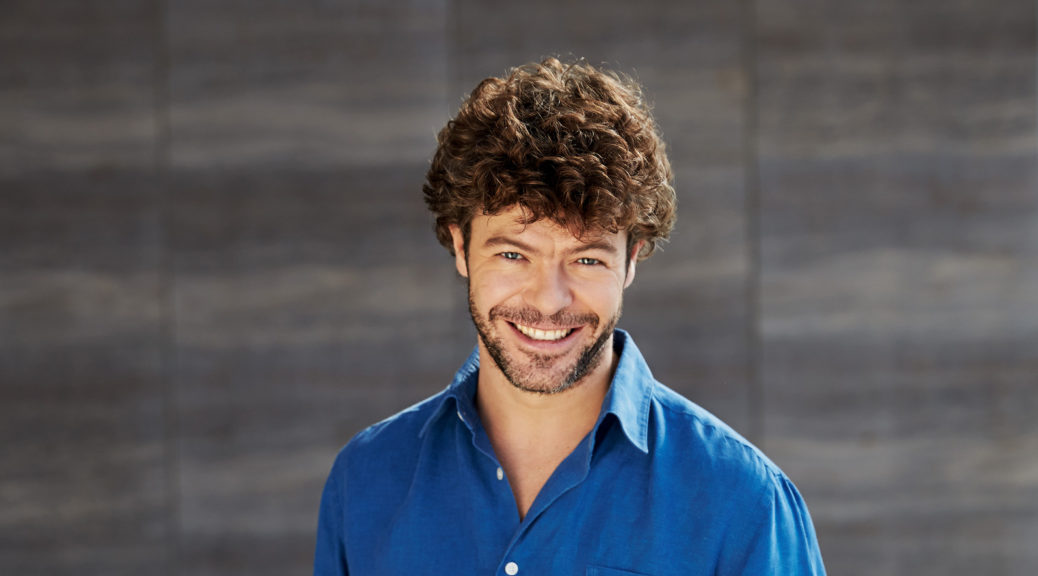
A PROMISING RISING SPANISH MAESTRO
And a New Take on Shostakovich/s Ninth
Music-lovers, hyphens have surrounded the orchestral podium.
Cleveland has had the Austrian Welser-Moest as its leader for years. Philadelphia has Yannick Nézet-Séguin. And now, stand back for the youngest comer, the Spaniard Pablo Heras-Casado, 38, a fast-riser already named conductor of the year by Musical America two years ago. Podium guests come and go at the S.F. Symphony with regularity; but a multi-week stint, like his currently, means that musicians and management both think very highly of him. And there’s speculation as to which major music directorship is he headed for next.
His scores as heard April 28 were nothing to write home about, capped by Shostakovich’s enigmatic Symphony No. 9 of 1945. But Heras-Casado showed a solid technique and good command of repertory, though I detected glints of Spanish rhythms in a program containing no Spanish music at all.
The pundits always find Shostakovich’s symphony underwhelming, as did the Soviet leadership, which wanted a glorious symphony to celebrate the Soviets winning World War Two almost single-handedly (in their jaundiced view). The five-movement work is almost frivolous in its light, dancing outer movements, as if intended as a score for a Charlie Chaplin silent film, or some kind of “Here Come the Clowns” segment.
But I have a radical notion of my own: Interpret the Ninth as a devastating satire of the Soviet arts leadership, dismissing them as little more than vulgar tone-deaf toe-tappers. Seen from that view, it all makes sense, and doubly so because the composer was so much at odds with the crass czars of his world. This is, I think, music of rebellion against artistic control, subtle enough that Shostakovich could get away with it and not be led off to the nearest gulag for all eternity. After the death of Stalin in 1953, Shostakovich became ever more rebellious, issue-oriented and eloquent in his outpourings, embarking on a late-life bloom producing some of his most profound music.
The Ninth’s second movement with its woodwind chorale is the most eloquent, with fine instrumental solo work by Catherine Payne on piccolo (among the few who can play it in pitch) and clarinetist Carey Bell, among others.
Berkeley composer Mason Bates, 39, is already world-famous, in part because he is among the leading exponents of blending electronic tracks with live players. And there he was upstage, in an avowed overview of music history with piped-in entries, controlling all the obedient electrons with a pair of Apple laptops—almost enough to constitute a siliconic fruit basket.
But his world premiere work “Auditorium” is among his least satisfying. The orchestra meanders all over the map without clear motivation; and Bates’ playback of olden instruments to produce his broad live/canned overview was a washout. The only audible example of early music came with two brief prerecorded harpsichord segments. Beyond that, no sackbut, no krummhorn, no schalmei, no rebec, no gamba, no rauschpfeife….
Heras-Casado threw in two other selections: Ravel’s 18th-century-inspired “Tombeau de Couperin,” which unfortunately the classical radio stations tend to play to death, and a spirited Bartok “Dance Suite” (1923), with distinctive fast-shifting rhythms that might throw off a lesser orchestra than the S.F.Symphony. The Ravel again showed off the talents of oboe principal Eugene Izotov, in his second season. He replaced the late Bill Bennett, who had tragically suffered a fatal brain hemorrhage while performing in mid-concert on this very Davies Hall stage in 2013.
These San Francisco Symphony concerts continued through April 29. For info: (415) 864-6000, or go online. Broadcasts on KDFC-FM (90.3 and others) at 8 p.m. on the second Tuesday following.
©D. Rane Danubian 2016
#
D. Rane Danubian has been covering the dance and modern-music scene in the San Francisco Bay Area with relish — and a certain amount of salsa — for years.
These critiques appearing weekly (or sometimes semi-weekly, but never weakly) will focus on dance and new musical creativity in performance, with forays into books (by authors of the region), theater and recordings by local artists as well.
#